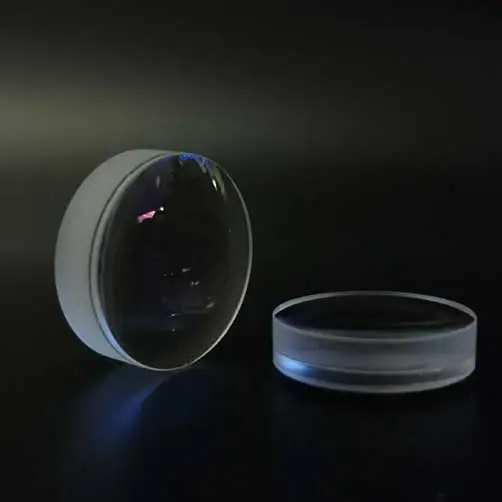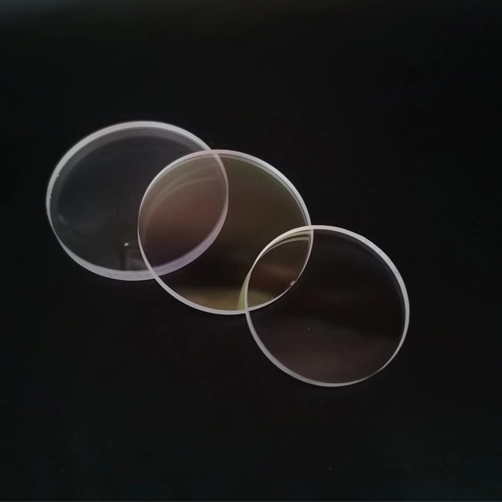
Infrared optics system refers to a system that works with infrared waves in light, which means it receives or emits the infrared light waves. Generally speaking, infrared optics systems, as a category of optical systems, have no fundamental differences from other optical systems with respect to optical concepts such as energy reception, transmission, and imaging.
However, due to the fact that the IR optics system works at the infrared wavelength region and mostly uses photodetectors as receiving elements, it has its own characteristics which distinguish it from general optical systems.
Due to the unique properties of infrared radiation, infrared optics systems have the following characteristics different from normal optical systems, especially visual and photographic systems.
The radiation band of infrared radiation sources is in the invisible region above 1μm. Ordinary optical glass is opaque to light waves beyond 2.5μm. Among all materials that may allow infrared waves to pass, only a few can meet the necessary mechanical properties and obtain a certain size. This greatly limits the application of lens systems in the design of infrared optics systems, making reflective and refractive optical systems more important.
Almost all IR optics systems belong to optoelectronic systems. Its receiver is not human eyes or photographic film, but various optoelectronic devices. Therefore, the performance and quality of the corresponding optical system should be mainly judged by its matching sensitivity and signal-to-noise ratio with the detector rather than by its optical system resolution. This is because the resolution is often limited by the size of the optoelectronic device, which accordingly reduces the requirements for the optical system.
Small field of view, large aperture. When using single-element detectors, because the receiving area of infrared detectors is small, the field of view of general IR optics systems is not too large, and usually only axial aberration needs to be considered. Moreover, since the reflection system has no chromatic aberration, in most cases, for such a reflection system, only spherical aberration should be eliminated and the sine condition should be satisfied. At the same time, such a system requires not high object quality, but high sensitivity, so most of them use optical systems with large relative apertures, that is, small F. In general, due to processing and other limitations, an F number of 2-3 is appropriate.
With the development of tracking imaging, thermal imaging, and other technologies, various scanners are being used more and more to achieve the purpose of scanning imaging of spatial targets. Such scanners can be placed before the imaging system, in which case their size and power consumption are large, but their impact on the imaging quality of the infrared optics system is minimal. In addition, optical systems with such scanners require a longer back focal length and have certain special requirements for the field curvature.
The commonly used infrared band is about 5-20 times that of visible light. Therefore, when the size of the system's aperture is small, the diffraction limit makes the resolution of thermal imaging systems low, which means that a thermal imaging system with high resolution must have a large aperture. This makes the system heavy and costly.



